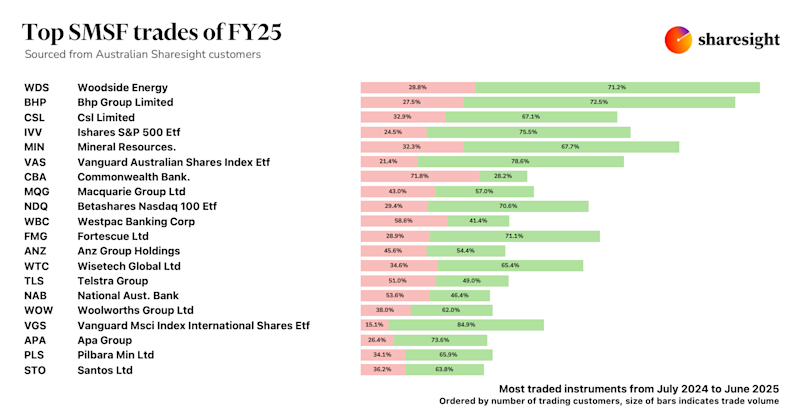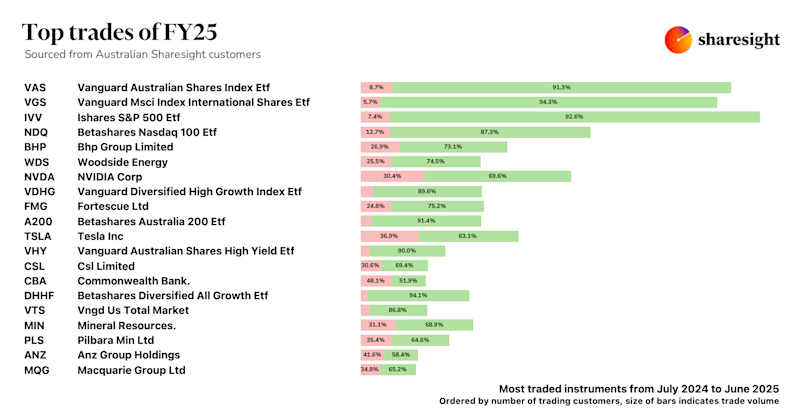Calculating share returns
One of our most important objectives in setting up Sharesight was to give you the true return on your shares. One of the many shortcomings of the so called ‘free’ sites is that they fail miserably in this vital area.
One of the reasons they fail is that providing you with the true, annualised return on your shares is trickier than it sounds. For a start you need to have a large amount of data at your fingertips and you need to be able to account for corporate actions like dividends, share splits, amalgamations and bonus issues because these will make nonsense of return calculations if you don’t.
To further complicate matters, there are two common arithmetically correct ways to calculate returns and in some circumstances they can give radically different answers. The two methods are the compounding method and the simple or non-compounding method.
The easiest way to appreciate the difference between the two methods is to consider a deposit account at the bank. If the bank quotes you a 7% interest rate this is a compounding rate. This means that if you do not withdraw your interest it will remain in your account and you will receive interest on that interest. Under the simple or non-compounding method, interest is calculated only on the original amount invested.
It is clear from the table below that $1000 invested for 10 years at 10% using the simple method does not equal 10% using the compound method. The simple method results in the return of your initial investment of $1000 plus a further $1000 of interest at the end of 10 years, whereas the compounding method results in the return your original investment of $1000 plus $1593.74 of interest. In fact an investment of $1000 that results in a return of that investment plus a further $1000 of interest over 10 years, equates to a compound return of approximately 7%.
| Time | 10% Compounding | 10% Simple | 7% Compounding |
|---|---|---|---|
| Year 0 | 1000 | 1000 | 1000 |
| Year 1 | 1100 | 1100 | 1072 |
| Year 2 | 1210 | 1200 | 1149 |
| Year 3 | 1331 | 1300 | 1231 |
| Year 4 | 1464 | 1400 | 1320 |
| Year 5 | 1611 | 1500 | 1414 |
| Year 6 | 1772 | 1600 | 1516 |
| Year 7 | 1949 | 1700 | 1625 |
| Year 8 | 2144 | 1800 | 1741 |
| Year 9 | 2358 | 1900 | 1866 |
| Year 10 | 2594 | 2000 | 2000 |
*Figures have been rounded for simplicity. This example illustrates annual compounding.
To compare apples with apples a compound return calculation must be applied to your share portfolio if you want to compare its returns with a bank deposit. In the example above the correct return to compare to a bank deposit is 7% compound not 10% simple.
Which method does Sharesight use?
Until now Sharesight has used a simple return calculation. This method is widely used to calculate share returns. Although it is arithmetically correct, it produces figures that overstate share returns in comparison to a compound return on a bank deposit.
This is why we have introduced a compound return calculation that you can select and apply to all tables in Sharesight that display return information. We use a daily compounding formula as this is standard practice among banks. Although simple interest will remain as the default setting you can choose to switch to compounding returns on a per portfolio basis by editing the portfolio settings (found under the settings link at the top right of the screen). There is also a link to change the percentage return method at the bottom of each page for which compounding return figures are available.

So which method is correct and which should you use?
Both methods are arithmetically correct. We at Sharesight do not wish to get embroiled in a debate concerning the merits of one method over the other. You are free to choose which ever method you prefer.
We answer common questions about compounding interest (and a variety of other questions) in our community forum.
This information is not a recommendation nor a statement of opinion. You should consult an independent financial adviser before making any decisions with respect to your shares in relation to the information that is presented in this article.
FURTHER READING

Sharesight users' top 20 trades – June 2025
Welcome to the June 2025 edition of Sharesight’s monthly trading snapshot, where we look at the top buy and sell trades by Sharesight users in all markets.

Top SMSF trades by Australian Sharesight users in FY24/25
Welcome to our annual Australian financial year trading snapshot for SMSFs, where we dive into this year’s top trades by Sharesight users.

Top trades by Australian Sharesight users in FY24/25
Welcome to the FY24/25 edition of our Australian trading snapshot, where we dive into this financial year’s top trades by Sharesight users.